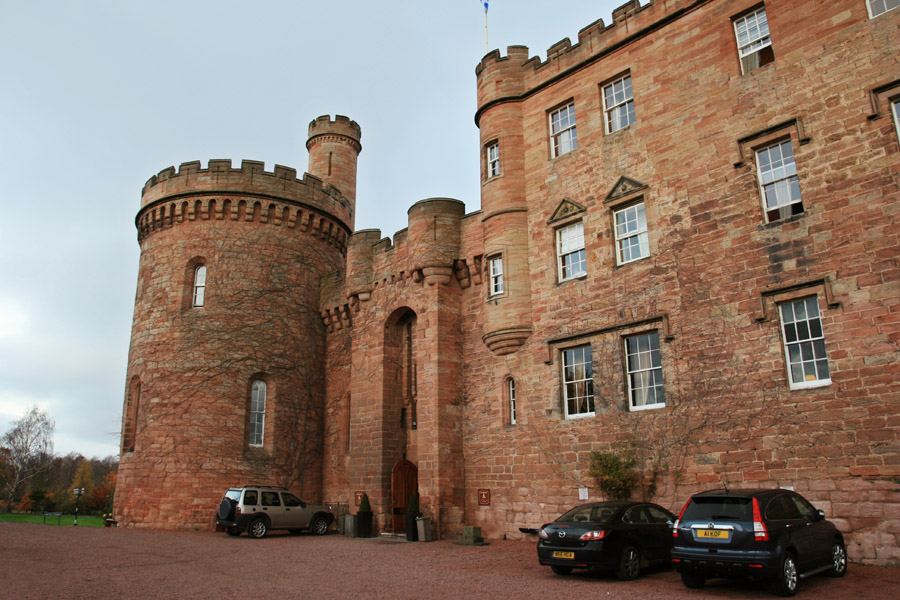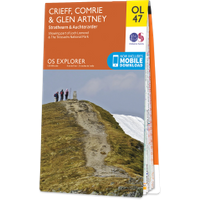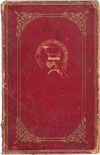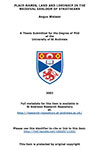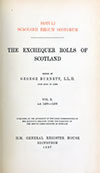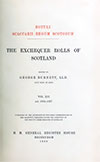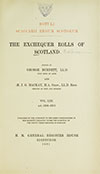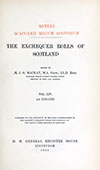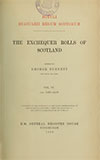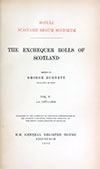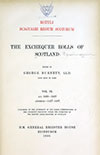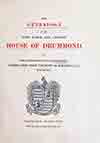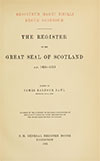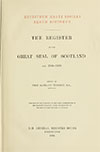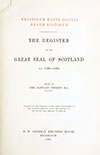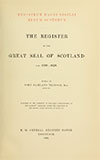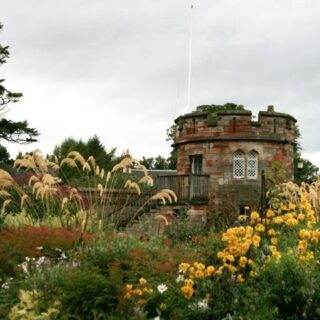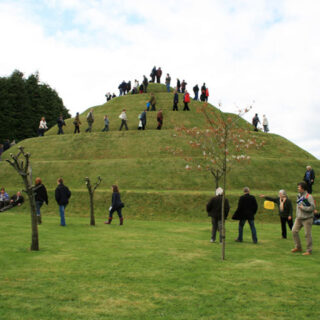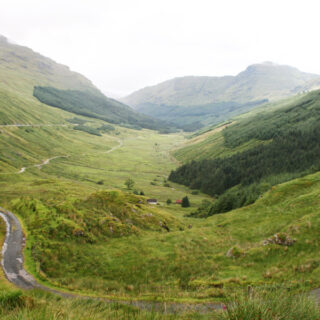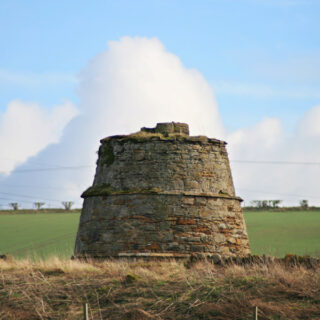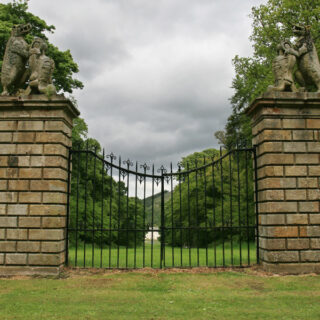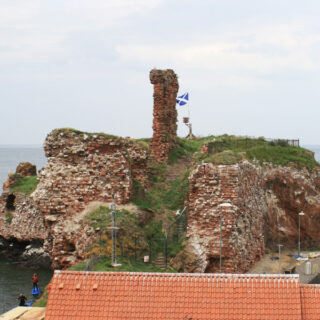

Balloch as a property dates back to at least the early 15th century but when the first castle was built is not known. The last remnants of the castle were removed in the mid-19th century.
The site occupies a slightly raised position within a dip between Knock Mary to the north and a ridge of higher ground to the south. This may be the bealach or pass from which the name of Balloch is derived. Immediately to the south of the site is a slight drop to the Balloch Burn which flows east from the Loch of Balloch.
The early history of Balloch is not completely clear. One oft-repeated history states that the first laird of Balloch Castle was James Drummond, a younger son of Malcolm Drummond of Concraig, in the late 15th century, but at some point after that it was incorporated into the Drummond estates of nearby Drummond Castle.
However the first Drummond laird of Balloch on record was actually a Walter Drummond who in 1434 received the fermes of the lands of Balloch. Although the exact relation isn’t known, given the proximity these Drummonds were clearly related in some way to the Drummonds of nearby Drummond Castle. Walter’s son, William, was a tenant of the crown lands of Cultballoch and Bordland of Crieff in 1479.
Balloch and other lands in Strathearn were let to Murray of Trowan in 1486 and this is said to have started the feud with the Drummonds which culminated in the burning of the kirk of Monzievaird in 1488.
Balloch was back in Drummond hands by the early 16th century, with the King granting it in 1510 to William’s son, Walter. In 1582 Walter’s grandson, George Drummond of Balloch, witnessed a charter by Patrick, Lord Drummond.
The manor place and fortalice of Cultballoche are mentioned in a charter of 1613 by George’s son, Henry Drummond of Balloche, to his wife Beatrice Grahame.
Interestingly Pont, who isn’t always know for his accuracy, illustrated Balloch as a small tower to the north-west of the Loch of Balloch on his late-16th century map of Strathearn, approximately where the farm of Cultballoch now stands.

Timothy Pont, c.1583 – 1596image courtesy of NLS
Balloch remained in this branch of the Drummond family until 1706 when Robert Drummond disponed his estate to James Drummond, 4th Earl of Perth and laird of Drummond Castle. When Robert inherited Balloch from his late brother, Henry, in 1690 the estate was heavily in debt thanks to a Bond of Provision subscribed by their father. Robert initially mortgaged his estate to the Earl of Perth but later disponed it to clear the debt.
The Earl of Perth was attainted in 1716 for his part in the Jacobite Rising but the family managed to hold on to their estates until 1750 when they were declared forfeit and seized by the Crown. In 1784 they were sold to James Drummond, a claimant to the earldom of Perth, and Balloch has remained part of the Drummond estates ever since.
The last remains of the castle were removed around 1840, and all that now remains is a slight rise in the field and a scattering of stones.
Alternative names for Balloch Castle
Balach; Ballach; Ballah; Ballocht; Belauch; Cultbalach; Cultballauch; Cultballoch; Cultballoche; Cultbawlocht; Quiltballach; Quyltbalach; Quyltballach
